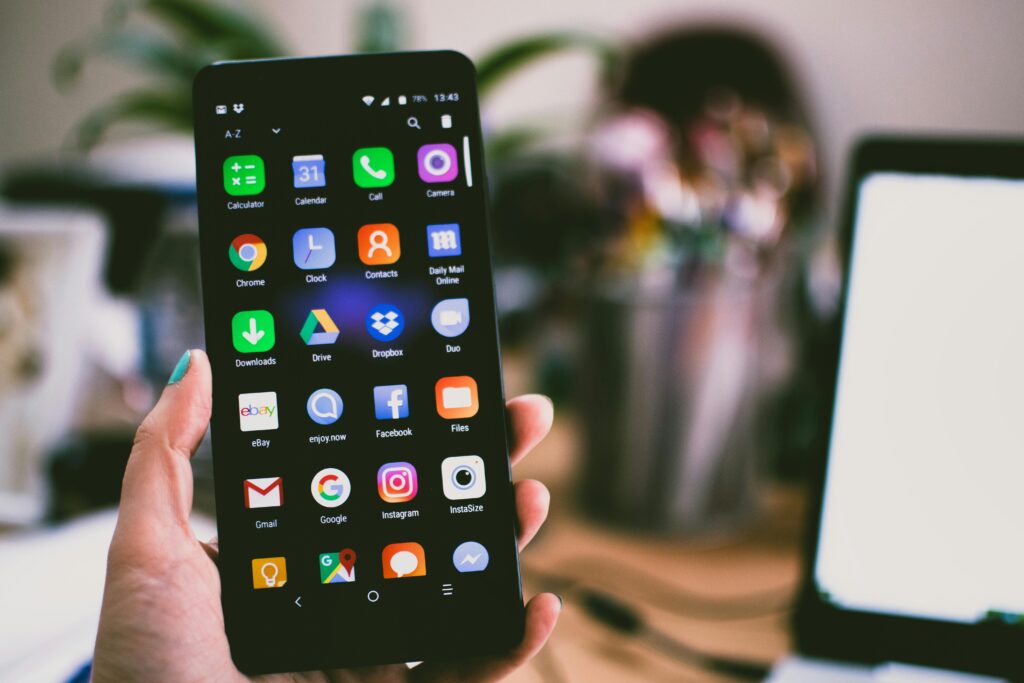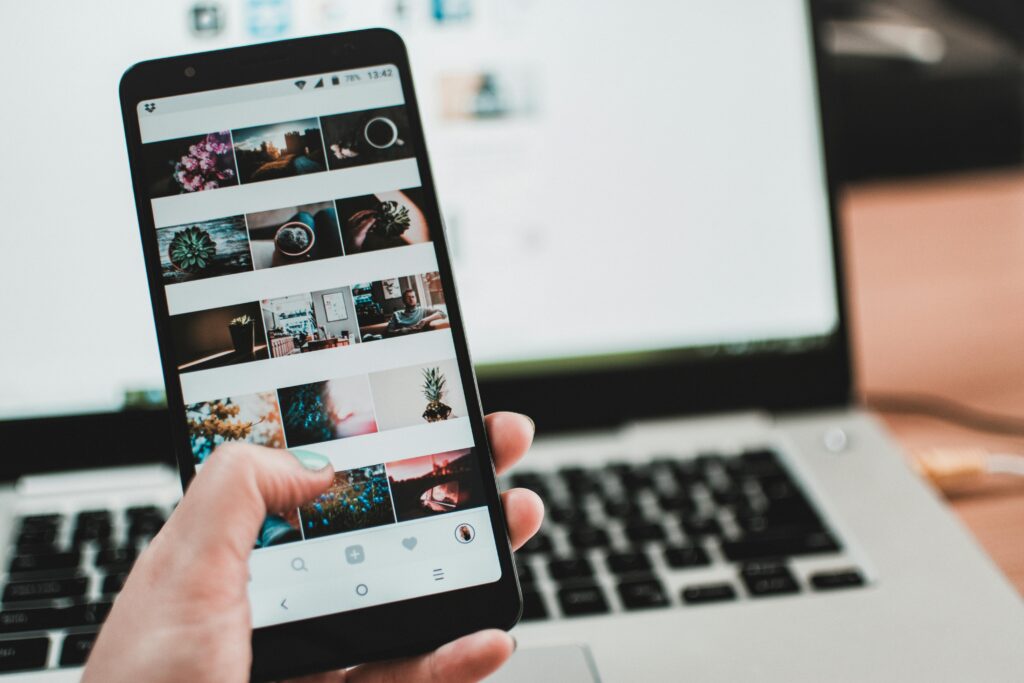Have you ever found yourself caught in the middle of the great debate between Android and iOS users? It’s a topic that has sparked countless discussions, comparisons, and sometimes even heated arguments. Both operating systems have their devoted fans, each championing their preferred platform for various reasons. So, let’s unpack this clash of titans and delve into what makes each one unique and why the debate is far from over.

History and Evolution
To fully grasp the differences between Android and iOS, it’s essential to understand their origins and how they’ve evolved over time.
The Genesis of iOS
iOS, developed by Apple Inc., made its debut in 2007 with the launch of the first iPhone. It was a game-changer, introducing a touch-based interface that revolutionized the smartphone industry. Over the years, iOS has undergone significant updates, introducing new features like Siri, Apple’s voice assistant, and the App Store, which redefined how we download and use mobile applications.
Android’s Emergence
On the other hand, Android, developed by Google, was first released in 2008. Unlike iOS, Android is an open-source platform, which means it can be modified and used by various manufacturers. This has led to a wide range of devices running Android, from budget-friendly phones to high-end flagships. Android’s flexibility has been one of its biggest strengths, allowing it to capture a substantial share of the global smartphone market.
User Interface and Experience
When it comes to user interface (UI) and user experience (UX), both iOS and Android offer distinct experiences designed to cater to different user preferences.
iOS: Simplicity and Elegance
Apple’s iOS is often praised for its clean, intuitive UI and seamless UX. The home screen features a grid of app icons, making it easy for users to find and open applications. Apple’s strict guidelines for app developers ensure a consistent and polished experience across all apps.
Android: Customization Galore
Android, on the other hand, offers a more customizable experience. Users can choose from a variety of launchers, widgets, and themes to personalize their home screens. The ability to sideload apps and access developer features gives Android users unparalleled flexibility, but it can sometimes lead to a less consistent UI and UX compared to iOS.
| Criteria | iOS | Android |
|---|---|---|
| User Interface | Clean and intuitive | Highly customizable |
| User Experience | Consistent and polished | Flexible but varied |
| Customization | Limited | Extensive |
Hardware Integration
The relationship between software and hardware can significantly affect the performance and user satisfaction of a smartphone. Let’s look at how iOS and Android approach this critical aspect.
Apple’s Unified Ecosystem
One of the key advantages of iOS is the tight integration between Apple’s software and hardware. Apple designs both the operating system and the devices it runs on, resulting in optimized performance and a cohesive experience. Features like AirDrop, Handoff, and Continuity exemplify how well Apple’s products work together seamlessly.
Android’s Diverse Hardware
In contrast, Android runs on a wide range of devices from various manufacturers like Samsung, Google, and OnePlus. This diversity means that users have an array of options in terms of design, features, and price points. However, it also leads to fragmentation, where different devices receive updates at different times, affecting the overall user experience.
| Feature | iOS | Android |
|---|---|---|
| Hardware Integration | Tight and optimized | Varied |
| Performance Consistency | High | Varies by manufacturer and model |
| Inter-device Features | Seamless across Apple devices | Varies; manufacturer-specific features |
App Ecosystem
Applications are the lifeblood of any mobile operating system, contributing significantly to its versatility and functionality.
App Store vs Google Play
The App Store and Google Play are the primary sources for downloading applications on iOS and Android, respectively. Both platforms boast millions of apps, but there are notable differences in their ecosystems.
App Store: Quality Over Quantity
Apple’s App Store is known for its stringent review process. Each app undergoes a thorough vetting process to ensure it meets Apple’s high standards for quality and security. This results in a curated collection of apps that are generally polished and reliable.
Google Play: A World of Options
Google Play, while also having a review process, is more lenient, allowing developers to publish apps with fewer restrictions. This openness leads to a more extensive variety of applications, but it can sometimes come at the cost of app quality and security.
App Exclusivity
Some applications and features are exclusive to one platform, making the choice between Android and iOS even more critical for certain users. For instance, Apple provides exclusive apps like iMessage and FaceTime, which are deeply integrated into the iOS ecosystem. Android users, particularly those using Google’s Pixel phones, often get first access to new Google apps and services.
| Criteria | iOS (App Store) | Android (Google Play) |
|---|---|---|
| Review Process | Rigorous | More lenient |
| App Quality | Generally high | Varies |
| Variety | Curated selection | Extensive options |
| Exclusive Apps | iMessage, FaceTime | Early access to Google apps |

Security and Privacy
In an era where digital security and privacy are paramount, the approaches of iOS and Android to these issues are critical aspects to consider.
iOS: Fortress of Privacy
Apple has always positioned itself as the champion of user privacy. With features like App Tracking Transparency and data encryption, iOS takes significant steps to protect user information. Apple’s commitment to privacy is evident in its stringent app review process and hardware-level security measures like the Secure Enclave.
Android: Balancing Act
Android has made significant strides in improving its security and privacy protocols, including implementing more frequent and efficient software updates. Google has introduced features like Google Play Protect and regular security patches to mitigate privacy concerns. While these efforts are commendable, Android’s open nature and diversity of devices can sometimes make uniform security standards challenging to maintain.
| Security Aspect | iOS | Android |
|---|---|---|
| Privacy Features | App Tracking Transparency, Encryption | Google Play Protect, Security patches |
| Security Updates | Regular and consistent | Varies by manufacturer |
| Data Protection | High | Improved but variable |
User Base and Market Share
Understanding the user demographics and market share of iOS and Android can provide insights into their widespread appeal and areas of dominance.
iOS: Premium Niche
iOS devices are often considered premium products, with higher price points and a focus on a seamless ecosystem. This positioning has cultivated a dedicated user base that values quality, reliability, and status. Apple’s control over hardware and software also allows it to provide a more controlled and optimized user experience.
Android: Accessibility and Variety
Android, with its open-source nature, powers a wide range of devices across various price points, making it more accessible to a broader audience. This inclusivity has allowed Android to capture a significant portion of the global market share. The diversity in hardware also means there’s an Android device for almost every need and budget.
| Criteria | iOS | Android |
|---|---|---|
| User Demographics | Premium-segment, brand-loyal | Broad, diverse |
| Market Share | Strong in premium markets | Dominant globally |
| Device Variety | Limited to Apple products | Extensive range across brands |

Updates and Software Support
The approach each operating system takes to updates can significantly impact user experience, security, and satisfaction.
iOS: Timely and Comprehensive
Apple is known for providing timely updates to all compatible devices simultaneously. When a new iOS version is released, it becomes available to practically every supported iPhone and iPad at the same time. This ensures that users have the latest features, security patches, and enhancements without delay.
Android: Fragmented Rollouts
The fragmentation issue in Android is most apparent in software updates. Since different manufacturers are responsible for their own devices, the speed and frequency of updates can vary widely. Google also releases updates for its Pixel devices first, with other manufacturers following suit at their own pace.
| Criteria | iOS | Android |
|---|---|---|
| Update Speed | Immediate for all compatible devices | Varies by manufacturer |
| Consistency | High | Fragmented |
| Software Longevity | Typically 5+ years | Varies, generally shorter for non-Pixel |
User Loyalty and Satisfaction
When discussing user loyalty and satisfaction, both iOS and Android have their fair share of die-hard fans and detractors.
iOS: Cult-like Following
Apple has built one of the most loyal customer bases in the tech industry. Users often praise the seamless integration of Apple’s ecosystem, the premium feel of the hardware, and the reliability of the software. This loyalty translates into high customer satisfaction and repeat purchases.
Android: Diverse Fan Base
Android’s flexibility attracts a diverse user base that ranges from tech enthusiasts to casual users. The ability to customize and choose from a variety of hardware options appeals to many, leading to high levels of satisfaction, particularly among users who enjoy tinkering with their devices.
| Criteria | iOS | Android |
|---|---|---|
| User Loyalty | Extremely high | High, but varied |
| Satisfaction | Consistently high ratings | Generally positive, varies by device |
| Ecosystem Integration | Seamless | Variable |
Accessibility and Features
The accessibility features and additional functionalities of both operating systems can be a decisive factor for many users.
iOS: Accessibility Champions
Apple has always been a frontrunner in making technology accessible to everyone. iOS includes a wide range of accessibility features such as VoiceOver, Magnifier, and Real-Time TTY. These features make it easier for people with disabilities to use their devices effectively.
Android: Inclusive and Flexible
Android also offers a robust set of accessibility features, including TalkBack, Magnification Gestures, and Live Transcribe. The open nature of Android allows for third-party apps that can further enhance device accessibility.
| Criteria | iOS | Android |
|---|---|---|
| Built-in Accessibility | Comprehensive | Extensive |
| Third-party Options | Limited but high-quality | Broad, varied by developer |
| Customizability | Limited to built-in features | Extensive, with third-party apps |
Integration with Other Services
How well a mobile operating system integrates with other services and devices can significantly impact its utility.
iOS: Walled Garden
Apple’s ecosystem is highly integrated, which can be both an advantage and a limitation. Services like iCloud, Apple Music, and Apple Pay work seamlessly across Apple devices but are less compatible with non-Apple products.
Android: Open and Connected
Android offers robust integration with Google’s suite of services, including Google Drive, Gmail, and Google Photos. The platform’s open nature also allows for easier integration with third-party services and products, providing a more versatile experience.
| Criteria | iOS | Android |
|---|---|---|
| Service Integration | Seamless within Apple ecosystem | Excellent with Google services |
| Third-Party Compatibility | Limited | Extensive |
| Ecosystem Flexibility | More closed | More open |
Future Prospects
The future of both iOS and Android is filled with exciting possibilities, driven by technological advancements and evolving user needs.
iOS: Innovation with Stability
Apple continues to innovate with incremental improvements while maintaining a high level of stability and reliability. Future iOS updates are likely to focus on enhancing privacy, expanding the capabilities of existing features, and integrating new technologies like augmented reality (AR) and artificial intelligence (AI).
Android: Pioneering Flexibility
Android’s future is poised to bring even more flexibility and user-centric features. With ongoing developments in AI, machine learning, and connectivity, Android aims to offer smarter, more intuitive experiences. The platform’s open-source nature ensures that it will continue to adapt and evolve with the changing tech landscape.
| Criteria | iOS | Android |
|---|---|---|
| Focus Areas | Privacy, AR, AI | Flexibility, AI, ML |
| Innovation Pace | Steady, with a focus on quality | Rapid, with a focus on user-centric features |
| Platform Evolution | Stable, controlled enhancements | Dynamic, adaptive |
In this digital age where our lives are increasingly intertwined with our smartphones, the choice between Android and iOS is more than just a preference; it’s a statement about our priorities, preferences, and even our identities. Both platforms have their unique strengths and weaknesses, and what works best ultimately comes down to personal needs and tastes.
Whether you value the seamless integration and premium feel of iOS or the flexibility and wide array of options that Android offers, there’s no right or wrong choice. The great thing is that both operating systems continue to innovate and push the boundaries of what’s possible, ensuring that, no matter which side you choose, you’re getting a device that’s designed to make your life better. So, what’s your preference—Android or iOS?
